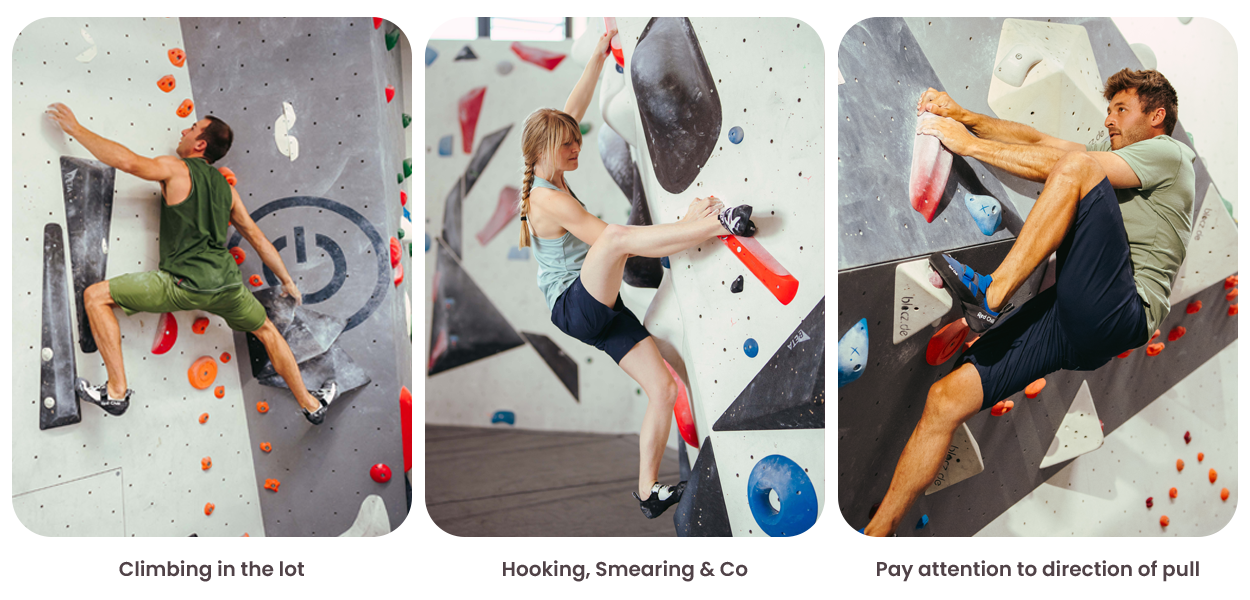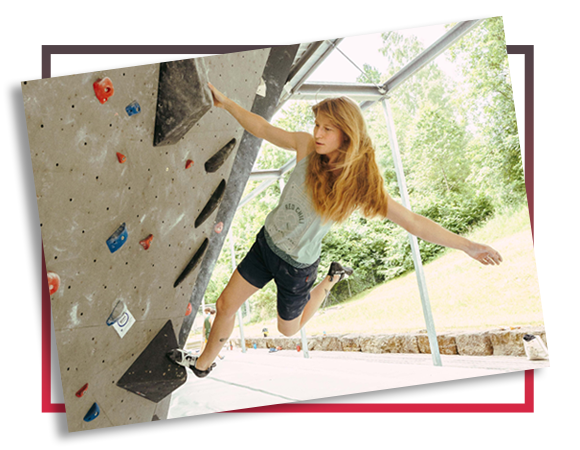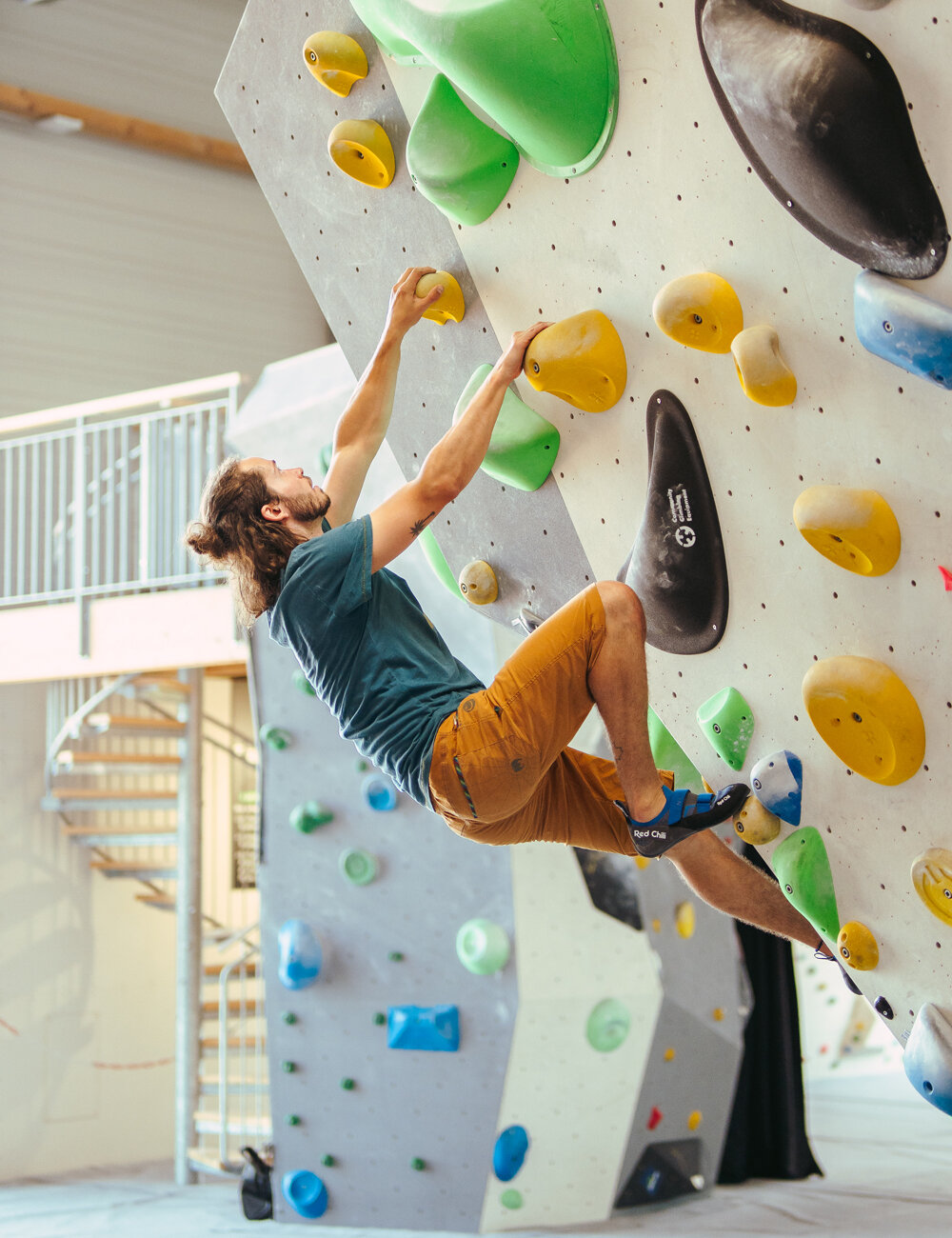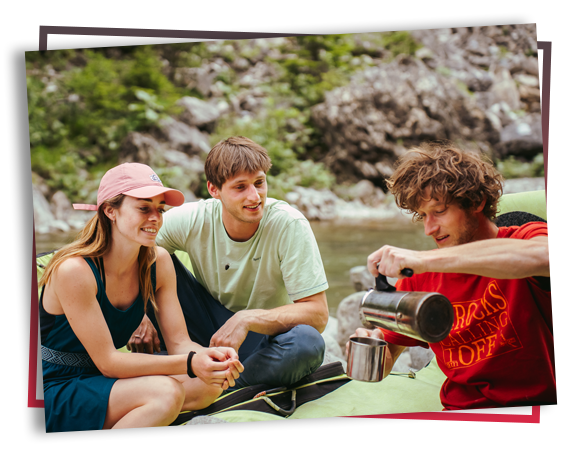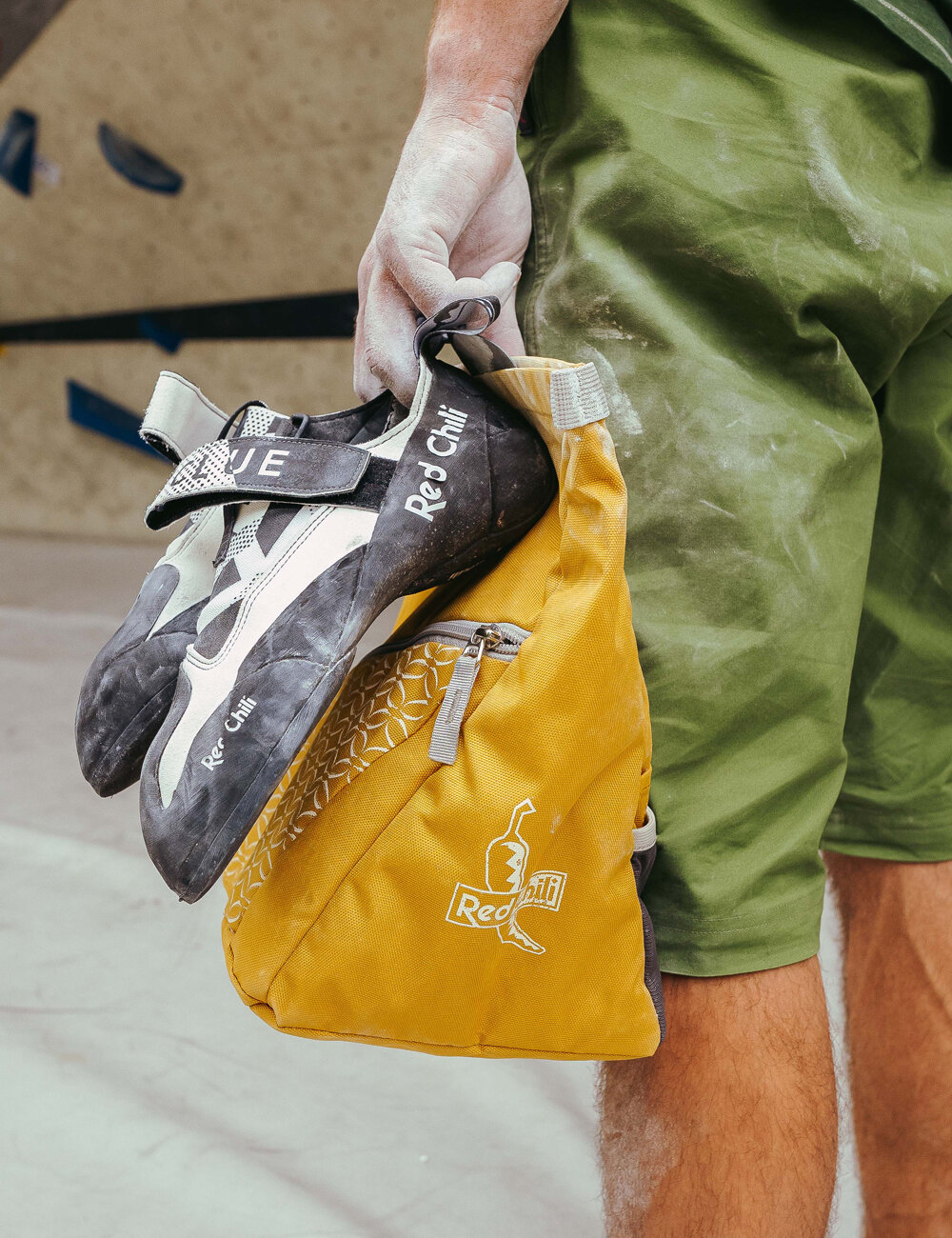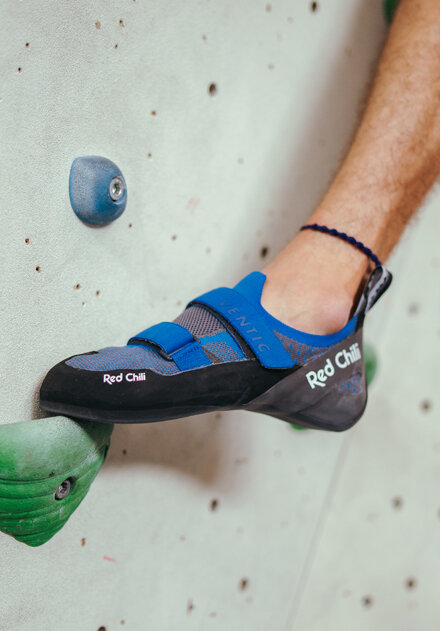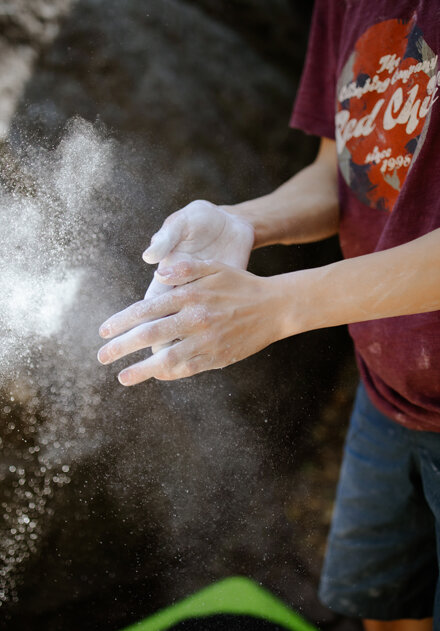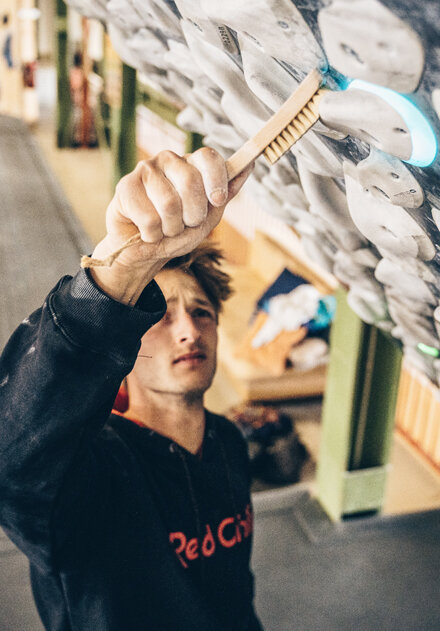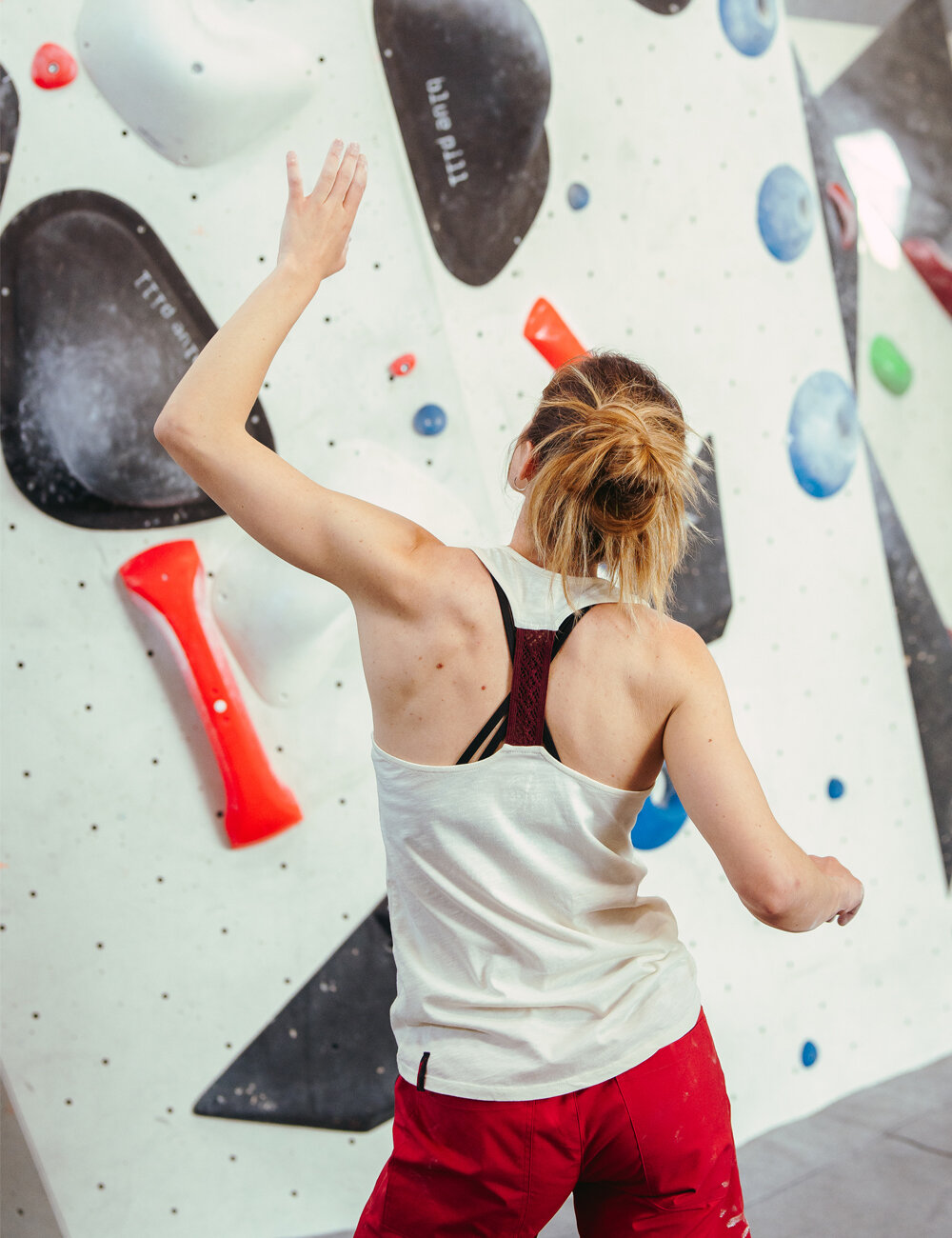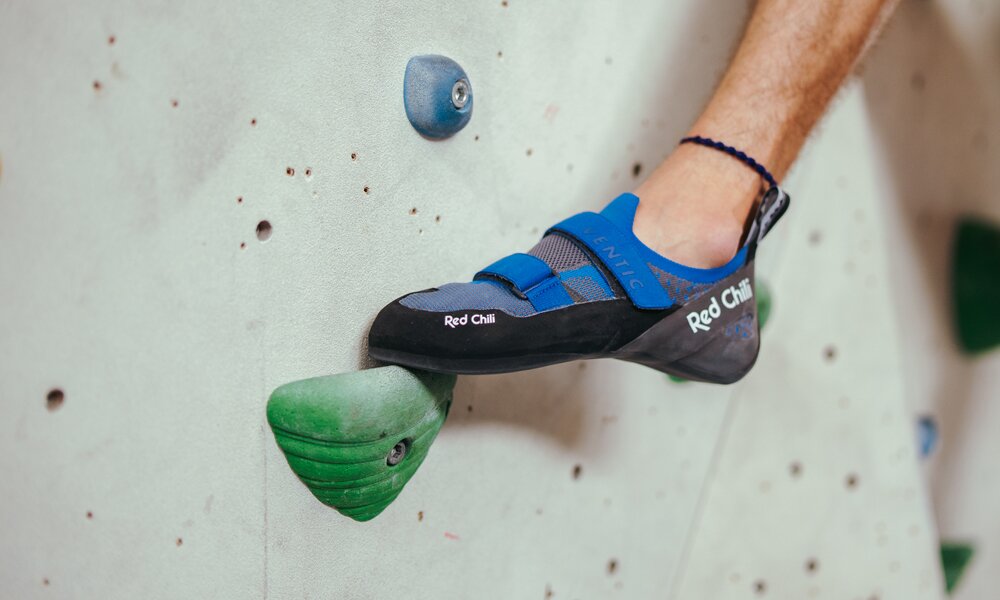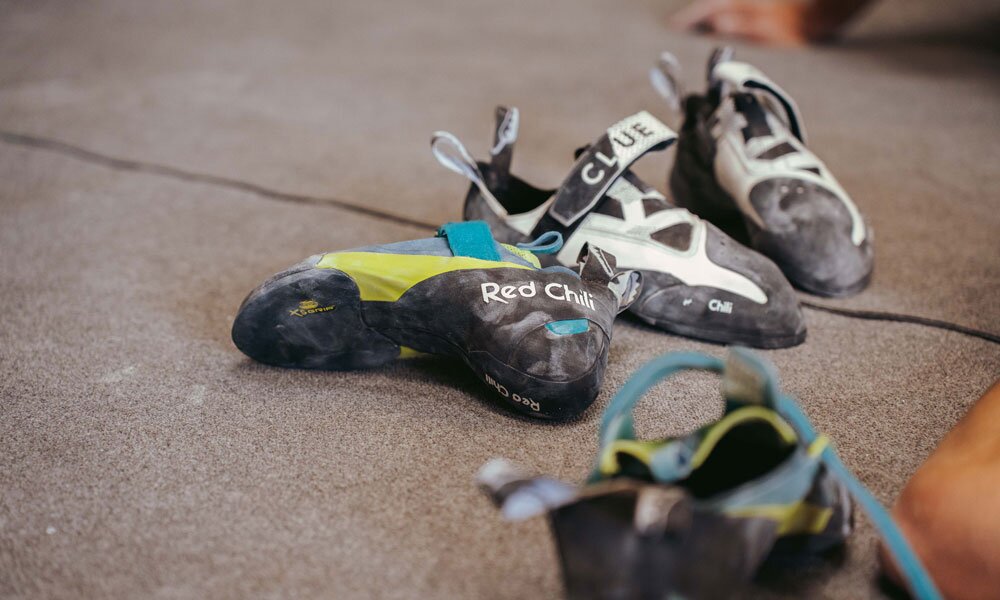Bouldering is gaining popularity like crazy. Everywhere you look, new bouldering gyms are popping up left and right, and these places are packed with passionate climbers of all ages.
Wondering why that is? One big reason for its rising popularity is definitely how easy it is to get started. Unlike traditional climbing, beginners don’t need a ton of specialized knowledge about safety techniques or fancy gear to give bouldering a shot. Instead, it’s a form of climbing done at fall height, where climbers can showcase their strength, technique, and coordination without ropes or harnesses.
At its core, it’s all about solving tricky problems and pushing the limits of what’s possible. Honestly, bouldering feels almost like playing a game—you level up from one challenge to the next. And yeah, there’s probably a bit of an addictive element too!
The name “bouldering” comes from the English word “boulder". That’s also where the sport originated: originally, bouldering was an outdoor activity practiced on large rock formations in the open air. With the rise of indoor climbing gyms in the ’90s, bouldering made its way inside as well—becoming an accessible, varied, and social sport for anyone who loves movement and a good challenge.


